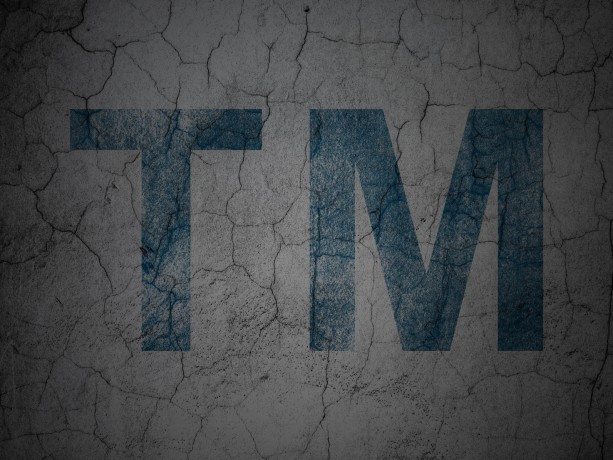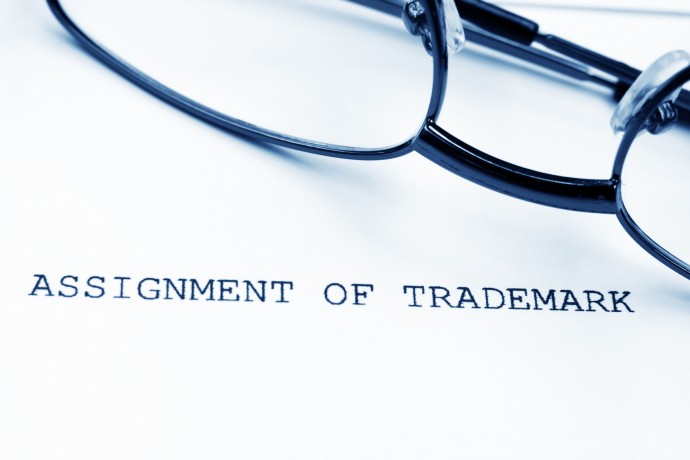
by Sheren Javdan
May 16, 2016
Too often, trademark owners make the common mistake of failing to comply with trademark requirements after their marks have been registered. Much to their dismay, they lose their rights to their marks and are left without the protection of the law. It is important to remember that trademark rights can be lost almost as easily as they are granted. Be sure to follow the necessary requirements to not lose your trademark.
A trademark can be either a word or symbol that distinguishes one’s products or services from another’s. To start the process and prevent competitors from using your business name, logo or look, file a trademark registration application with the United States Patent and Trademark Office (USPTO).
SEE ALSO: 4 Reasons To Trademark Your Business Name
§15 of The Lanham Act permits trademarks that have been registered for 5 years with a showing of actual use in commerce to become incontestable. An incontestable mark will conclusively establish validity and the registrant’s ownership and exclusive right to use the mark in commerce.
However there are some circumstances in which even an incontestable mark can be lost. To avoid losing the rights your trademark, incontestable or not, make sure to avoid the following common mistakes made by trademark owners.
1. Abandonment / Non-Use

Trademark owners who abandon their trademarks, stop using them in commerce, can lose their rights to their mark.
In the U.S., trademarks are awarded on “use” rather than registration. Although there are many benefits to registering your trademark, its is not required. § 45 (15 U.S.C. § 1127) of the 1946 Trademark Act defines a trademark as a word, name, symbol or device used by a person with a bona fide intent to use the mark in commerce. As a result, a trademark can be lost when an owner stops using his or her mark in commerce.
A trademark owner who ceases using his or her trademark in commerce, without the intent to resume use in the future, will be considered to have abandoned the mark §15 USC 1127. The Lanham Act further states that non-use of a mark for 3 consecutive years will create a rebuttable presumption that the mark has been abandoned.
Temporary or seasonal non-uses will be forgiven if they are ordinary practices of a particular industry or market. For example, a snow blower rental company that stops using its trademark in commerce during the summer time (where there is no snow to blow) will not be penalized.
2. Lose Your Trademark Because it is Too Generic

A mark that starts being used by the general public and becomes too generic will lose its protection
A mark becomes too generic when the courts decide it has lost its inherent distinctiveness required to obtain a trademark. A mark’s distinctiveness is what allows consumers to identify the source of a product where a generic term merely describes the type of product being sold.
For example, the words “sofa” or “couch” can never be trademarked for a furniture manufacturer because there is no other way to describe the items being sold. Where there is no other way to describe the product, competitors will not be able to sell similar products without infringing the trademark owner’s rights.
However, words that were not initially generic when trademarked, can become generic and lose their trademark if the general public begins to use the word to describe the product. Where a trademark is associated with the product or service rather than being an actual product or service, it has become generic. Common examples of this include words such as Aspirin, Band-Aid, Escalator and Yo-Yo. Kleenex and Xerox are on the brink of becoming generic as well.
SEE ALSO: PODS vs. U-Haul Trademark Dispute
3. Naked Licensing / Failure to Police

A trademark owner who fails to adequately monitor, control and police his or her mark can lose it
An owner of a trademark who licenses his or her mark to others is required to control, enforce and inspect the quality of the goods and or services sold by the licensees. Failure to properly police the product results in “naked licensing” which will result in an involuntary abandonment of the mark.
The naked licensing rule derives from the theory that an unmonitored trademark of lesser quality does not adequately represent the true quality and integrity of the mark. As a result, consumers will not receive the goods or services they generally expect from the particular mark. This conflicts with the heart of trademark laws that is consumer protection.
4. Misrepresentation and Fraud

Misrepresentations of material facts and fraud can cause you to lose your trademark
An incontestable mark can also be lost where the trademark owner has committed fraud or misrepresented material facts when obtaining the trademark registration with the USPTO.
Owners who lie about the date their mark was first used in commerce, or about their ownership interest in the trademark will be deemed to have committed fraud and lose their trademark. In addition, owners who make any misrepresentation of material facts on their application can lose their trademark rights.
Although this is an illustrative list of common issues that can cause you to lose your trademark, it is not an exhaustive list. Be sure to research other, less common, pitfalls after you have successfully registered your trademark.
Topics: Business Tips, Intellectual Property, Trademark Disputes










